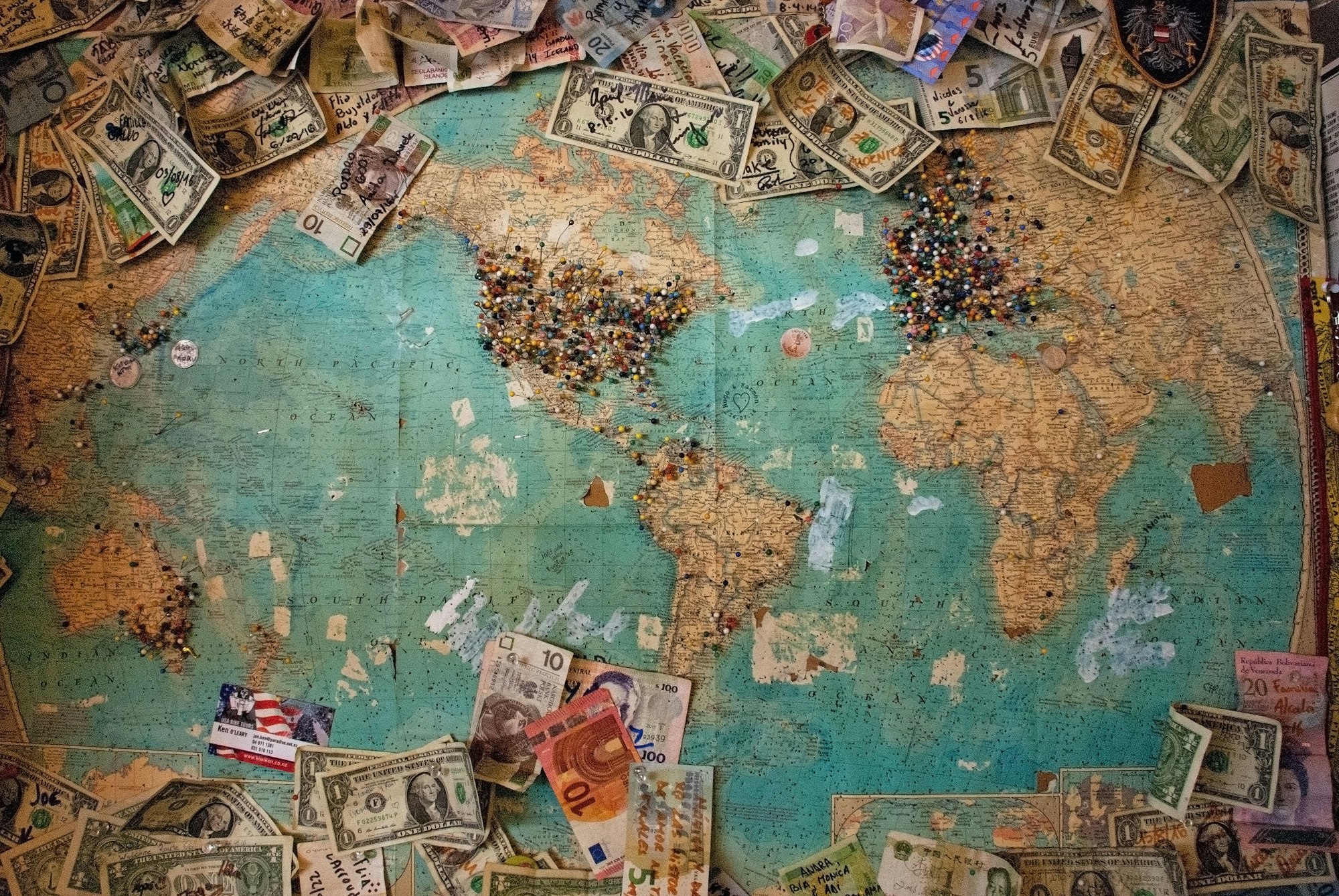The Australian federal budget for 2018-2019 will be released next week, and there have been rumours of a further $400 million in cuts to our foreign aid expenditure. Most Australians approve of the government giving foreign aid, but at the same time around 75% believe our foreign aid expenditure is either about right or even too much.
So how much do we actually give?[1][2] And how generous are we compared to our peers around the globe?[3][4]
Just keep scrolling.
Comparing ourselves to other countries and international benchmarks can be helpful for gauging our generosity and thinking about what to aim for. But in the end it's real people's lives that are affected by cuts to foreign aid.
Sure, there will always be other needs in Australia the money could go towards, but a relatively small amount can have a much larger impact when spent amongst the world's poorest.
GiveWell estimates that it costs about US $2,000 to save a life when put to use by the most cost-effective charities. An amount like $400 million (US $302 million) could potentially avert 150,000 deaths when used in the most cost-effective way.
Our foreign aid goes to a variety of different causes and organisations doing good around the world, but it's under threat because our politicians don't believe it has much public support. And maybe they're right about that.
But if you'd like to see more done to help the world's poorest, let your member of parliament know or make a donation to some of the world's most cost-effective charities.
When talking about foreign aid, we're referring to how much the government gives. This doesn't include people's private donations. ↩︎
Budget data comes from the 2017-2018 budget papers, statement 6, table 3 - estimates of expenses by function. ↩︎
I've compared Australia to the 29 countries that are members of the OECD's Development Assistance Committee, but there are also other non-members such as the United Arab Emirates and Turkey who have scaled up their foreign aid programs in recent years. ↩︎

